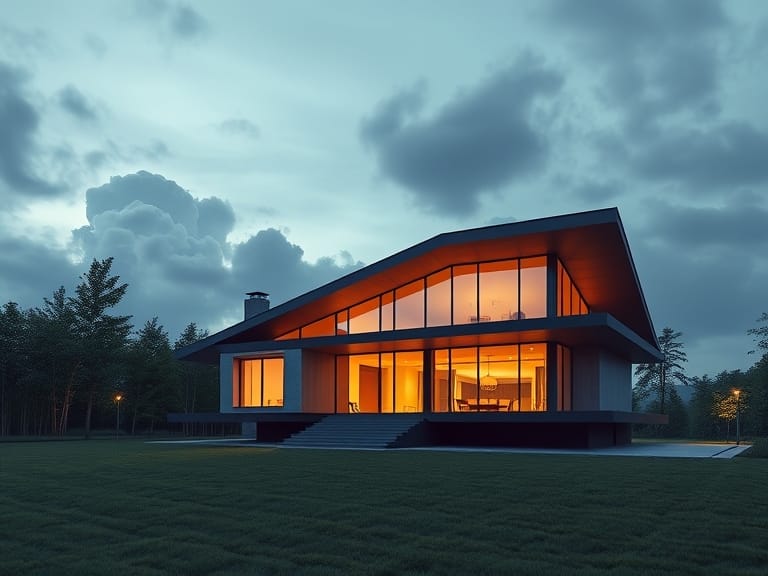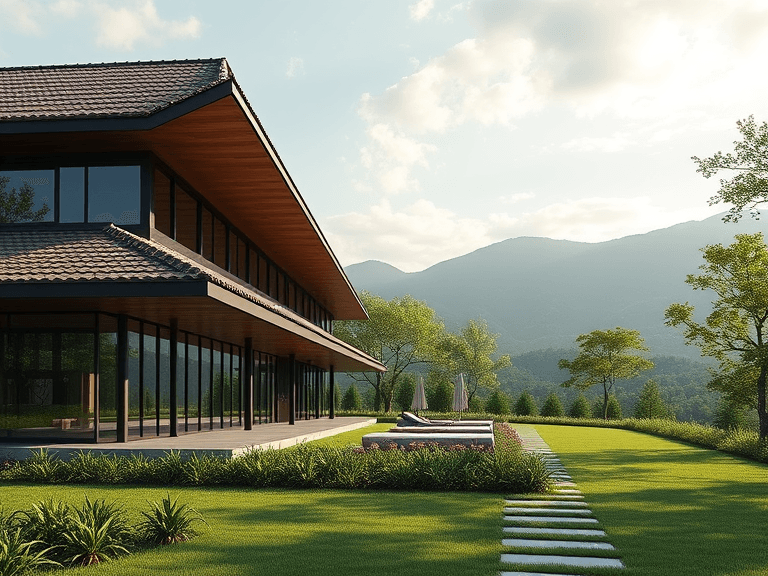
Roof leaks can occur due to a variety of factors, each contributing to the degradation of the roofing system. One of the most common causes is age. As roofs age, materials can become brittle or deteriorate, making them more susceptible to leaks. A well-maintained roof typically lasts between 20 to 25 years, but factors such as weather conditions and maintenance can significantly influence this lifespan.
Weather conditions are another major contributor to roof leaks. Harsh weather events, such as heavy rain, snow, or hail, can cause significant wear and tear on roofing materials. For instance, during storms, intense winds can lift shingles, exposing the underlying areas to moisture. Similarly, ice dams formed from melting snow can lead to leaks as water backs up beneath shingles. Understanding these climatic factors can help homeowners prepare and respond effectively to potential leaks.
Poor installation practices can also lead to roofing problems. If roofing materials are not installed correctly, the integrity of the roof may be compromised. Common installation mistakes include inadequate sealing around chimneys and vents, which can allow water to penetrate the inner layers of the roof. This emphasizes the importance of hiring qualified professionals to ensure that the roofing system is installed according to industry standards.
Additionally, damaged or missing shingles are among the leading causes of roof leaks. Shingles can be damaged due to various reasons, including harsh weather, wear and tear, or impact from falling debris. Regular inspections can help identify issues early, such as cracked or missing shingles, allowing homeowners to take preventive measures before leaks occur.
Proactively maintaining a roof involves looking for these signs of damage and understanding common causes. By doing so, homeowners can identify vulnerable areas of their roof and take action to prevent leaks, ensuring a longer-lasting, more secure roofing system.
Visual Inspection Techniques
Detecting roof leaks requires thorough visual inspection techniques that can reveal potential problems before they exacerbate. A structured approach to examining the roof can significantly improve the chances of spotting leaks early. Initially, it is advisable to start the inspection from the ground. Utilize binoculars to scan for visible signs of damage. Look for issues such as missing or damaged shingles, which often compromise the roof’s integrity. Additionally, pay attention to overhanging tree branches that may scrape against the surface during inclement weather.
When it is deemed safe, a closer inspection can be conducted directly on the roof itself. Focus on critical areas such as flashing, which is typically found at joints and chimneys. This material is essential for redirecting water and preventing leaks. Inspect the integrity of the flashing for any gaps, corrosion, or lifting, as these issues may lead to significant water intrusion. Furthermore, examine gutters and valleys, as they are common spots where water can accumulate if not adequately directed away from the roof’s surface.
During your inspection, stay vigilant for telltale signs of leaks, including discoloration or stains on the roofing material, as well as dark patches that could indicate trapped moisture. Structural damage, such as sagging areas on the roof, also merits attention since it often suggests that water is not draining as intended. Regular seasonal inspections are crucial for maintaining roof integrity. By adopting these essential tips for detecting roof leaks, property owners can proactively address potential issues, ensuring longevity and performance of their roofing system.

Using Water Tests to Identify Leaks
Conducting a controlled water test is a highly effective method for identifying roof leaks. This process requires careful planning and execution to ensure safety and accuracy. Ideally, choose a dry day when rain is not forecasted, as this will help isolate the leak more clearly during the testing phase.
Start by gathering your materials, which should include a hose, a ladder, and a checklist to monitor areas of concern. Begin the testing process at the lowest point of the roof, ideally at a section that is directly above the suspected leak. This might be an area where water stains are visible from the interior or areas close to roof alterations such as chimneys or vents.
With the hose at hand, apply a gentle stream of water to a small area of the roof for approximately 10 to 15 minutes. It’s essential to work methodically, covering one section at a time. While you’re applying water, have someone monitor the interior of your home, particularly areas like the attic or ceilings beneath the section being tested. Watch for any signs of moisture, such as dripping or damp spots, as this will indicate the presence of a leak.
Once you’ve identified a leak through this method, mark the area of concern so you can address it later. Technique and caution are critical here; avoid significant water application to prevent additional damage. If you don’t see any leaks during the first round, stop the test, allow any accumulated water to drain, and then move to a different section of the roof. Repeat the process until you can pinpoint the leak. Utilizing water tests is just one of the essential tips for detecting roof leaks, yet it proves to be an effective diagnostic tool when performed correctly.
When to Seek Professional Help
Detecting roof leaks can be a challenging endeavor, particularly when they are not immediately visible. While some homeowners might attempt to address minor issues independently, there are specific scenarios in which seeking professional help becomes essential. If you find yourself confronted with persistent moisture, mold growth, or unexplained stains on interior walls or ceilings, it is advisable to contact a roofing professional. These signs often indicate that the leak is deeper or more complex than it appears, necessitating the expertise of a qualified contractor who understands the intricacies of roof systems.
Additionally, if you are unable to identify the source of a leak after a thorough examination, it would be beneficial to enlist the assistance of a roofing expert. They possess specialized tools and training to locate hidden leaks that may compromise the integrity of your roof. Professionals utilize various techniques, such as moisture meters, infrared cameras, and water testing, which enable them to trace leaks back to their origins effectively. Attempting to resolve these issues without adequate knowledge or equipment can lead to further damage and increased repair costs.
When selecting a roofing contractor, ensure that they are licensed, insured, and have a solid reputation within your community. Check for reviews and ask for references to gauge their reliability and quality of workmanship. It is also advisable to inquire about their experience with similar roof types and the methods they employ for leak detection and repairs. Regular inspections by a professional are crucial not just for addressing current issues but also for preventing future complications. By prioritizing professional assistance when necessary, homeowners can extend the lifespan of their roof and maintain a safe living environment.


